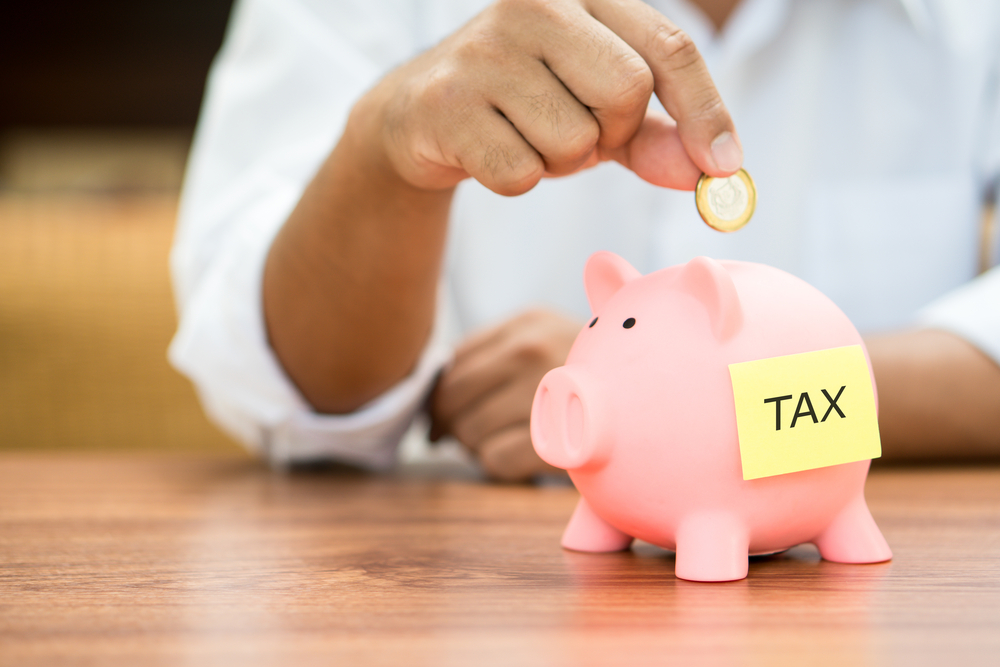Money Tips
Three reasons to use your £20k ISA allowance this tax year more than any other

Savers and investors have until 5 April to make the most of their £20,000 annual ISA allowance. But this tax year more than ever, there’s more reason to make the most of this limit.
Individual Savings Accounts (ISA) are products where you don’t pay any tax on interest, income or earnings from them.
Adults have a £20,000 annual allowance for the current 2022/23 tax year which can be split between cash, stocks and shares, Innovative Finance ISAs and Lifetime ISAs.
While the tax-free incentive alone is reason enough for people to hold ISAs, this tax year more than ever, there’s more reason to make the most of this by the 5 April 2022 deadline before you lose this allowance forever.
Here are three reasons:
1) Personal Savings Allowance (PSA)
The Personal Savings Allowance (PSA) allows for savings earned in banks, building societies, peer-to-peer lending, Government or company bonds and credit unions to be paid out without tax up to a certain limit based on your marginal rate of income tax you pay.
Basic rate taxpayers can earn £1,000 in savings interest tax-free each year, while higher rate taxpayers can earn £500. Additional rate taxpayers don’t receive a PSA.
At launch in 2016, the PSA was expected to take 95% of taxpayers out of paying any tax on their savings.
But over the past year, savings interest rates have been rising – and at pace – following 10 consecutive Bank of England base rate hikes since December 2021.
This essentially means savers need less money in best buy deals to breach the PSA.
The current top paying one-year bond offers 4.3% (Atom) which means a basic rate taxpayers would breach the £1,000 PSA with a deposit of £23,256. For those paying 40% tax, they would breach the £500 PSA with just £11,628, according to Savings Champion calculations.
By comparison, in August 2022, basic rate taxpayers could hold £35,000 in the then best buy one-year bond paying 2.85%, (£17,500 for higher rate taxpayers), while in August 2021, the top paying one-year bond offered 1.1%. This meant a basic rate taxpayer would overshoot their PSA of £1,000 only with a hefty deposit of £91,000 – four times as much in holdings compared to now.
One way to protect your cash from the tax man is to use up as much of your £20,000 annual ISA allowance, as it remains tax-free year after year.
2) Capital Gains Tax (CGT)
CGT is a tax on profit when you sell an asset that has increased in value, such as property that’s not your main home or shares outside of an ISA or PEP. It’s paid by a relatively small number of people, with figures revealing 323,000 taxpayers were caught in the net in 2020/21. However, in January 2023 alone, CGT reached a record high of £13.2bn, a 24% increase in the year.
The annual exempt allowance is currently £12,300 (£6,150 for trusts), with profit above this being taxed up to 28%.
However, the annual exempt amount for Capital Gains Tax will be more than halved from the current £12,300 to £6,000 in April. It will then be slashed again to £3,000 from April 2024.
This will be a challenge for buy-to-let landlords, and investors, but Alice Haines, personal finance analyst at Bestinvest, says: “Anyone who may have made substantial capital gains on their investments outside tax wrappers and has some of this tax year’s ISA allowance left should consider selling up now while they still have the £12,300 tax-free allowance to utilise.
“If the investments are held jointly with a spouse, it means you have £24,600 to use up this tax year – as opposed to the £12,000 in total at your disposal from April 6.”
3) Dividend Tax
The dividend allowance is an extra tax-break which applies to funds or shares that are held outside of a pension or an ISA.
The amount someone can earn before paying tax on dividends will fall from £2,000 to £1,000 from April.
This means investors with dividend-paying assets held outside an ISA could run the risk of breaching their dividend allowance limit when it halves next year, according to Haines.
She explains that dividend tax on the income investors receive from shares, funds or investment trusts is charged at 8.75% for basic rate taxpayers, 33.75% for higher rate taxpayers and 39.35% for additional rate taxpayers.
“The alternative of holding investments in an ISA lets your money compound and grow without the risk of taxation”, Haine says.
If you hold investments such as shares, funds, investment trusts or exchange traded funds outside a tax wrapper such as in a General Investment Account or an employee share plan, Haine says “it might make sense to transfer them into an ISA account” via the Bed & ISA process.
This allows investors to sell shares or funds and repurchase them within an ISA to keep future returns out of the reach of tax charges.